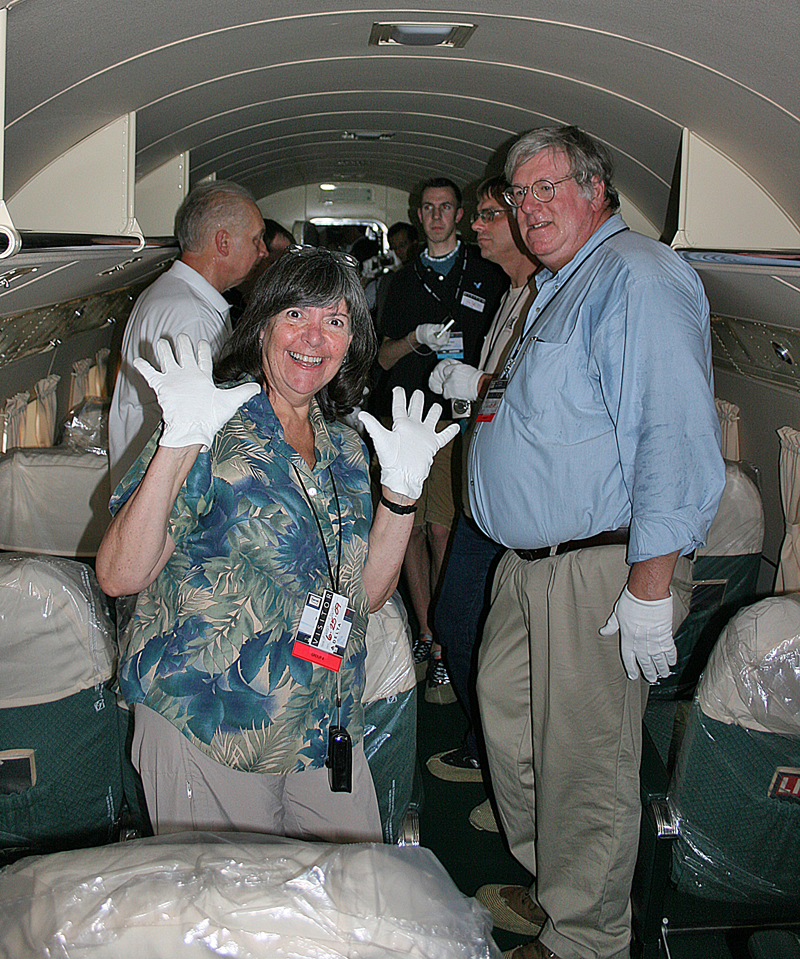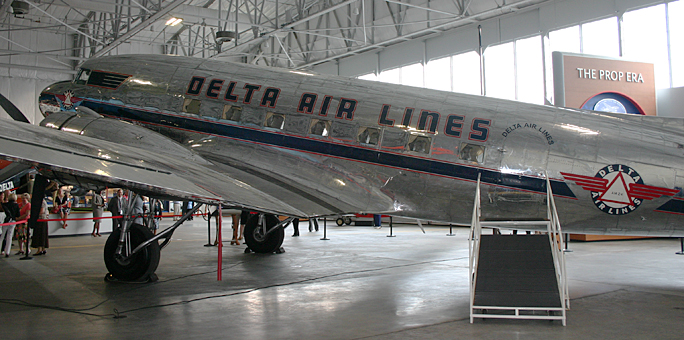Deaf-blindness is a rare condition in which an individual experiences the combination of the loss of both hearing and vision — which therefore limits access to both auditory and visual information — and no other person in the history of our planet is better known to have had this condition most of her life than Helen Keller, who passed away exactly 52 years ago today on Saturday, June 1, 1968, which was only 26 days shy of her birthday when she would have been 88 years of age.
Celebrating the Legacy of a Traveler Who Was Deaf and Blind
Despite her condition, Helen Keller achieved many accomplishments which in and of themselves would be challenging for any person. As one of countless examples, she was the first person who was both deaf and blind to earn a Bachelor of Arts degree, which she accomplished at Harvard University.
As a tireless advocate for the rights of workers, black people, and women — as well as for access to birth control and unions — Helen Keller is also credited as one of the founders of the American Civil Liberties Union 100 years ago this year…
…but did you know that she had traveled in order to meet with dignitaries and to give lectures? “During seven trips between 1946 and 1957, she visited 35 countries on five continents”, according to this biography of Helen Keller at the official Internet web site of the American Foundation for the Blind. “In 1955, when she was 75 years old, she embarked on one of her longest and most grueling journeys: a 40,000-mile, five-month-long tour through Asia.” The biography continues with “Wherever she traveled, she brought encouragement to millions of blind people, and many of the efforts to improve conditions for those with vision loss outside the United States can be traced directly to her visits.”
The American Printing House for the Blind specifically lists the 39 countries Helen Keller visited in her lifetime.
Think about what traveling by airplane was like between 1946 and 1957. According to this article written by John Brownlee for Fast Company, “So what did you get for paying five times as much for your plane ticket? A five times greater chance of being killed compared with jumping on a flight today.” Brownlee cited that “in 1952, that number was 5.2 deaths per 100,000 hours” as compared to only 1.33 fatalities per 100,000 hours.
No technology existed to take your mind off of the hours of droning of the engines of the airplane — unless you count such activities as viewing the natural beauty of the clouds outside and the landscape below, reading magazines or books, writing postcards, or having a conversation with a fellow passenger. Electronic lie-flat seats and shower facilities aboard the airplane were not even a thought; and lounges to get away from it all at crowded airports were not prevalent.

The Douglas DC-3 airplane — which is displayed in the photograph at the top of this article — was in service from Sunday, January 19, 1941 through April of 1958 for Delta Air Lines and is indicative of the types of airplanes which were in commercial service at the time. Helen Keller likely traveled as a passenger in a Douglas DC-3 airplane — and if she did, no frequent flier miles were earned as a result.
Summary
I first knew of Helen Keller from my great-great aunt who was the sister of my great grandfather. Her first name was also Helen, and although her vision and hearing were intact for most of her life, she bore a modest resemblance to Helen Keller and achieved some notable accomplishments of her own. Like Helen Keller, she tirelessly championed for the less fortunate in our society and was driven by her convictions to change the political climate with social issues and injustices that needed to be corrected in her eyes — including holding mayors, congressmen, and other powerful political figures accountable enough to take action pertaining to a number of causes which were important to her. Some of her work is permanently documented in the Library of Congress of the United States, among other places.
Always proud to be her great-great nephew, I was quite close with her throughout my formative years and still remember her courage and determination during the last years of her life, with her mind incredibly sharp and intact and knowing that her body was failing and that she was dying. Although that arguably is no comparison to the challenges which Helen Keller endured during the formative years of her life as she was learning how to communicate with the outside world, it was one more reminder to me of the similarities of both Helens.
Especially during these chaotic times of worldwide pandemic, protests, and rioting, we should take a moment to remember a person who overcame seemingly insurmountable barriers to achieve the reputation through her tireless work as an amazingly inspirational woman from whom we can all learn. Helen Keller successfully modeled the way for others through her numerous accomplishments — arguably, like no one else can.
If you want to learn more about Helen Keller and her accomplishments, please click on some of the links which are included in this article.
All photographs ©2009 and ©2014 by Brian Cohen.

